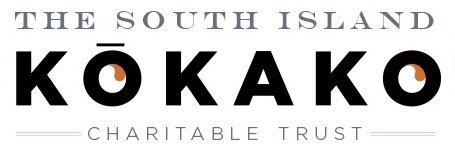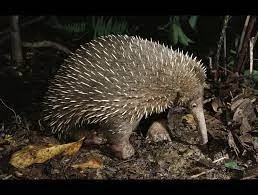
Help us find the South Island Kōkako
Our Vision:
We confirm that the remarkable South Island kōkako exists …
so that it can be conserved appropriately
The South Island kōkako is an ancient bird once widespread in southern New Zealand forests.
It was listed as extinct until 2013 when its status was reclassified as 'data deficient' by the Department of Conservation. The re-classification provides renewed hope and energy.

The search is urgent. If South Island kōkako still exist there will be very few left and they need to be found and protected.
We need your help more than ever - with a donation especially, but also spreading the word and reporting possible encounters!
You can keep up to date with the search:
using our map of possible encounters
on our facebook page
sign up for our occasional newsletter
read the latest newsletter here
and/or drop us a line info@southislandkokako.org
14 August 2023
Looking for New Zealand’s most elusive bird
A wonderful short film by Frank Film was released today. It follows Rhys Buckingham as he reflects on his 43 years of searching for the South Island kōkako, reviews footage of Rhys and Ron Nilsson searching in 2001 by the same film maker, Gerard Smyth, and then follows him into Abel Tasman National Park, where his search efforts are now focussed.
Watch it on Youtube here.
Read the Stuff story here.
Support the search
Learn more
News and search blog

Key facts about the South Island kōkako from NZBirdsonline:
The South Island kōkako was the first of the two kokako species described, the other being North Island kōkako.
South Island kōkako were slightly smaller and darker than the North Island birds, with orange rather than blue facial wattles.
In the early 1800s, they occupied beech forests and low scrub above the tree line on both sides of Southern Alps from north-west Nelson south to Fiordland, and mixed podocarp forest on Stewart Island, plus some forested areas of Otago and Southland.
They declined markedly after introductions of cats, ship rats and stoats, and were very rare by the late 1800s.
The range of the South Island kōkako shrank to Fiordland and Stewart Island, with the last accepted twentieth century sighting at Mt Aspiring National Park in 1967.
Declared extinct by the Department of Conservation in 2008, the species' conservation status was moved from extinct to data deficient in 2013, following acceptance of a sighting from near Reefton on the West Coast of the South Island in 2007.
Read more about the 2007 sighting and the decision to remove the ‘extinct’ label here and the evidence compiled in a paper published in the Ornithological Society of New Zealand’s journal Notornis, in 2014.

Visit our facebook page for the latest activity, comments and news.






























